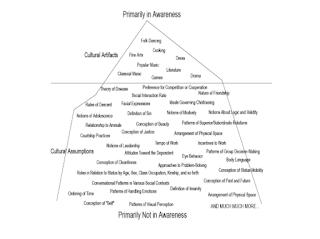EDTC 6433 Module 2 Resolution
Question: How can I design and evaluate creative learning experiences and assessments or 4th grade's composition unit?
Composition
in the music classroom is a wonderful opportunity to incorporate
technology. However, as elementary
music classrooms focus on student centered music making, technology can
slow things down, sometimes to a halt.
Issues arise, apps fail, and quite frankly most technology doesn’t allow
for students to engage in authentic compositional experiences.
When
looking for resources and articles I stumbled across a music educator's blog
listing many different apps for the music classroom, most focusing on
composition. I then thought about how I
want my students to interact with these applications. Most do not require much musical thought and
are mere games for the students to play.
That is not what I want in my classroom.
In Amy Burn’s (2016) blog she mentions an app called Noteflight,
something that resembles true composing practices. However after some thinking
I realized the multitude of things I would have to teach just so the students
can interact with the program effectively.
The old school way of paper and pencil might be a better route for
composition in the 4th grade classroom.
ISTE 2 focuses on designing and implementing authentic learning experiences and
assessments. After reflecting on my
question and the new thoughts regarding technology’s effectiveness and ease of
use, I came to the conclusion that maybe technology and composition aren’t a
good fit. I do not feel that a majority
of the apps and programs designed for composition provide an authentic music
creation experience. Most programs are
masked as games for students, and I am looking for a compositional experience
that provides more than that. In
addition I feel that in order to assess their ability and skills, most apps do
not test prior knowledge, as they are “drag and drop” style of
composition. If I chose the other route
of Noteflight, a program a professional would use, I would be bogged down in
teaching the program basics. Similarly the students would most likely become frustrated with the steep learning curve.
One middle
ground option that I might explore is the interactive whiteboard. My classroom has a smart board with some
options that could possibly be used as compositional tools. The positive of this option is that it is essentially
a form of digital pencil a paper, the method I feel is most effective at the
moment. The negative is that there is
only one whiteboard per class. As
mention in the article “Deepening Connections”, a PBS and Grunwald Associates
(2010) study, “93 percent of teachers who use this technology say it helps them
to be more effective, 91 percent say it helps them to be more creative” (p. 8).
Going
forward I think I’ll stick to the original method of pencil and paper, while
maybe exploring my interactive whiteboard. ISTE 2 focuses on authentic experiences and
assessments and I do not feel the current technological applications allow for
this. With pencil and paper I can assess
student abilities and provide a true compositional experience, without the
burden of a difficult to master program, or the not effective apps and games.
Noteflight’s website, if anyone is interested in seeing the
complicated nature of this program: https://www.noteflight.com/
References:
A Burns. (2016, April 24). 12 Student-Approved Tech Tools for the Elementary
Music Classroom: Part 1 (#1-6). Retreived from
http://mustech.net/2016/04/10-elementary-student-approved-tech-tools-music-classroom/
Vokley, & Lang, (2010).
Deepening connections: Teachers increasingly rely on media and
technology. PBS, 1-12.

Bryan,
ReplyDeleteThis is an interesting read on your daily reality of what it is like to assess music through technology vs. non-technology resources. I like that you explained your next steps, but took the time to find resources for you, if you need or choose to use them down the road. Nicely done!